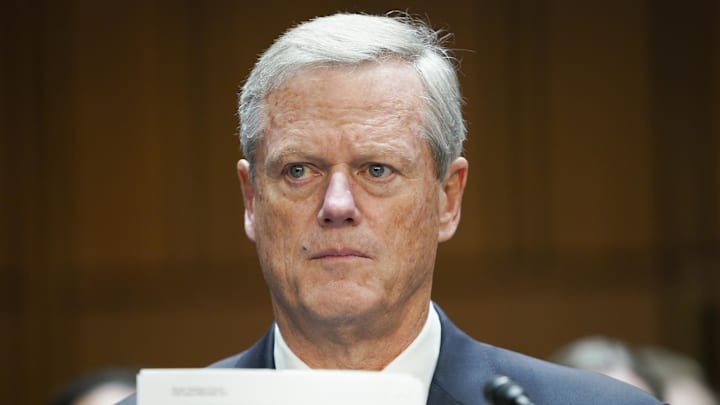In a perfect world, the house settlement that clears over $2 billion in back pay for athletes over the last decade would be the beginning and the end. However, it was just the beginning of the end. While schools can now effectively pay athletes out of their revenue for current students, the backpay and some of the implications of what the future looks like are caught up in ongoing appeals.
There are a multitude of concerns surrounding how this money will be used and where it will go. There's also the news of lawyers getting a huge slice of the legal pie while players are left with a much smaller piece. However, that's not even the biggest storyline; it's only one of the storylines.
Not all the appeals are known, but the most prominent ones are: Title IX concerns, walk-on payouts, and even the legal representation of mostly football and men's basketball. These continue to loom over the future of the NCAA revenue sharing, both for current payments and for the past.
Title IX Concerns and Legal Challenges Complicate NCAA’s $2.8 Billion Deal
The Title IX concern is the one that feels the most prominent, as the valuation of women's sports in terms of revenue share is not at the same level as football or men's basketball. The equity that universities are expected to operate under cannot be achieved if the house settlement is approved as is. This puts one policy against another.
The appeals have created a standstill for the backpay to former athletes. It's stalling the process as it goes back to court. The U.S. Court of Appeals (9th Circuit) will now review the seven appeals filed, which were submitted during the open appeals process. This puts the timeline in jeopardy, and there's no specific deadline for having a decision, making the process feel like it is just at the beginning all over again.
There is still a ton at play and this is why even though the house settlement was a step forward it was also simply the beginning of a much longer journey as the NCAA settlement legal posturing is just getting started.
